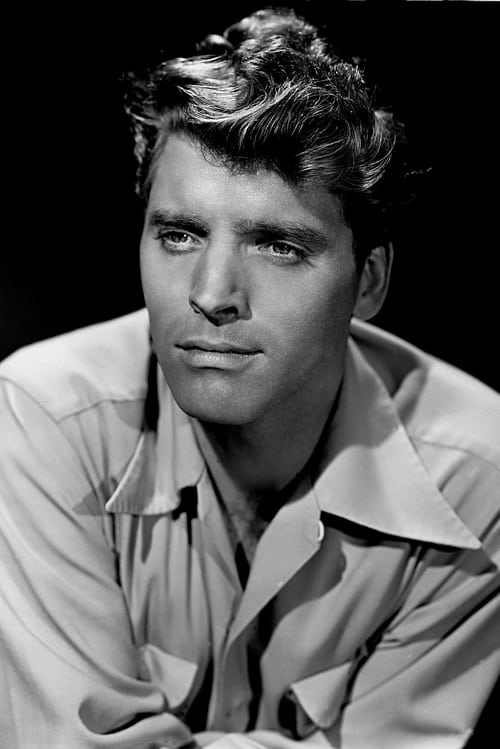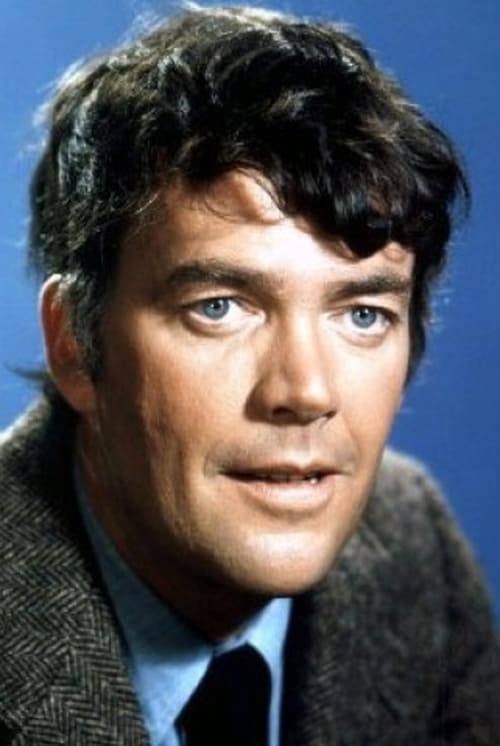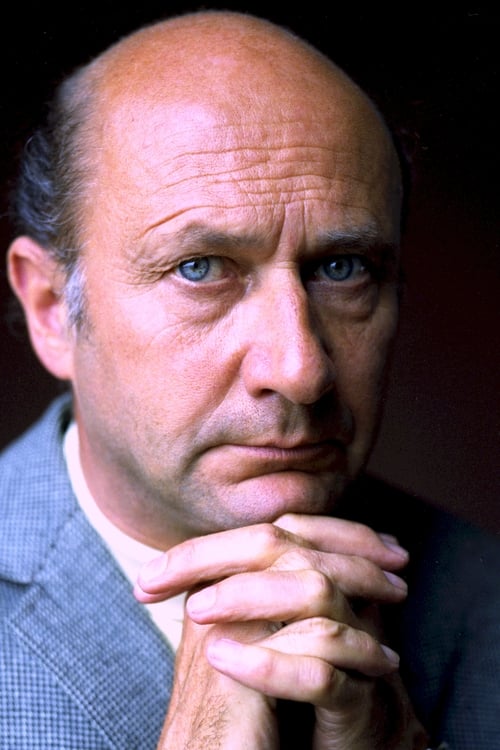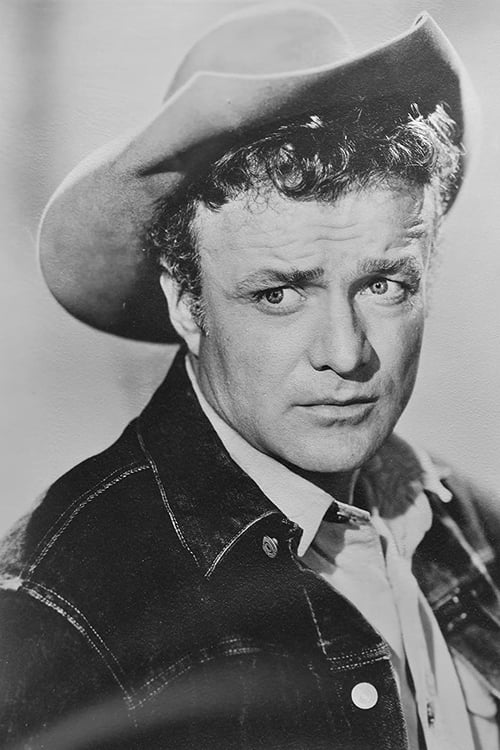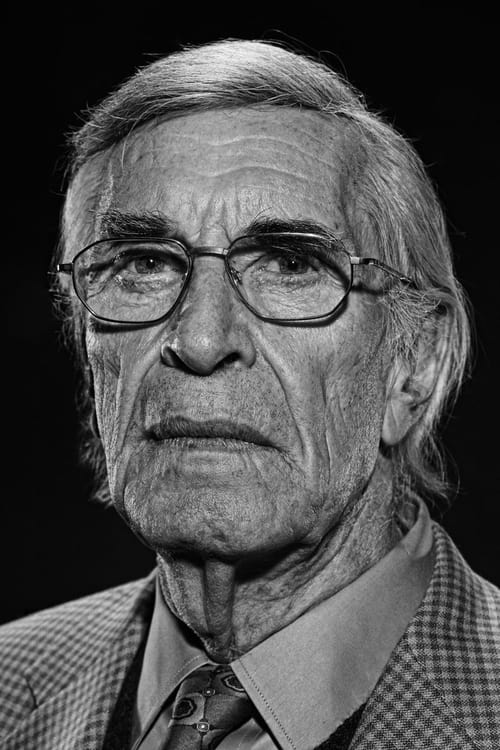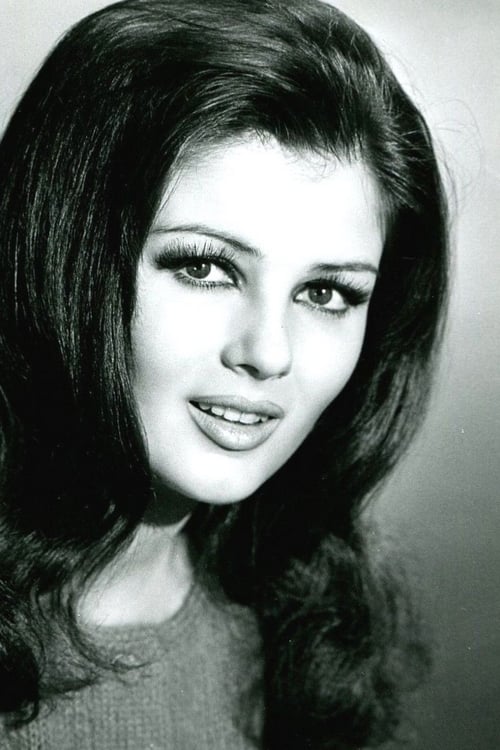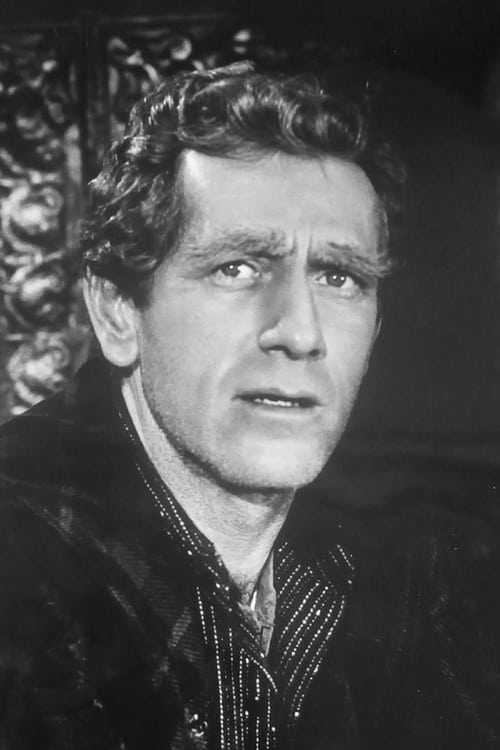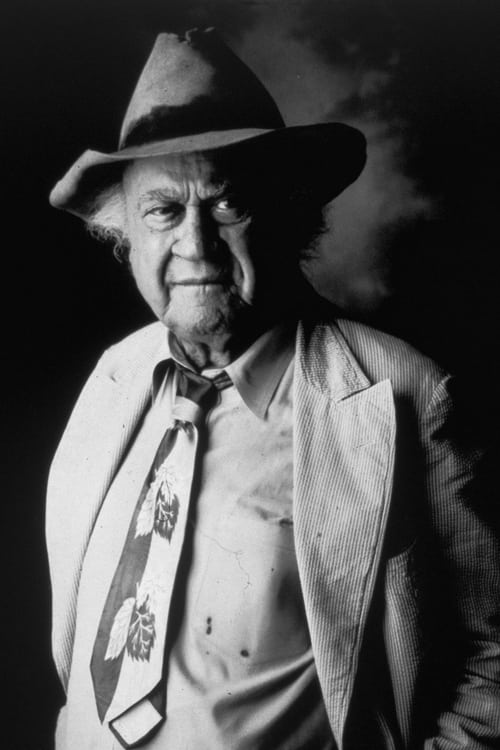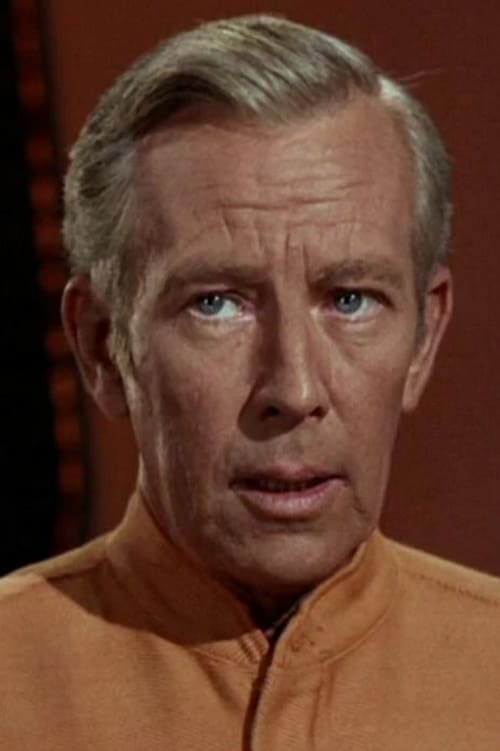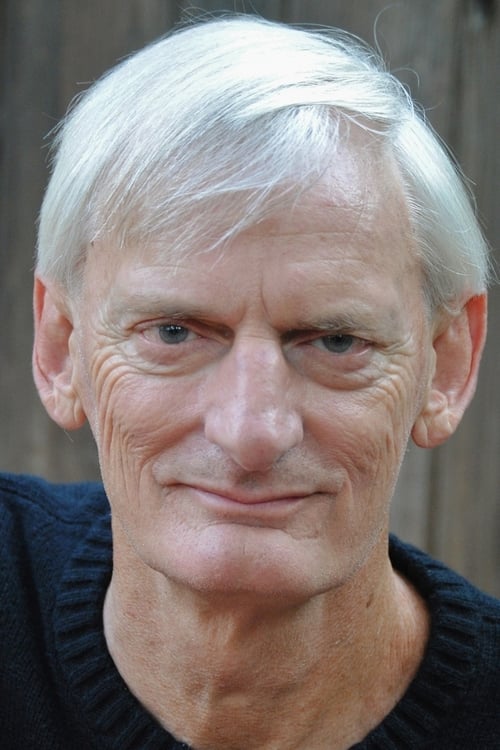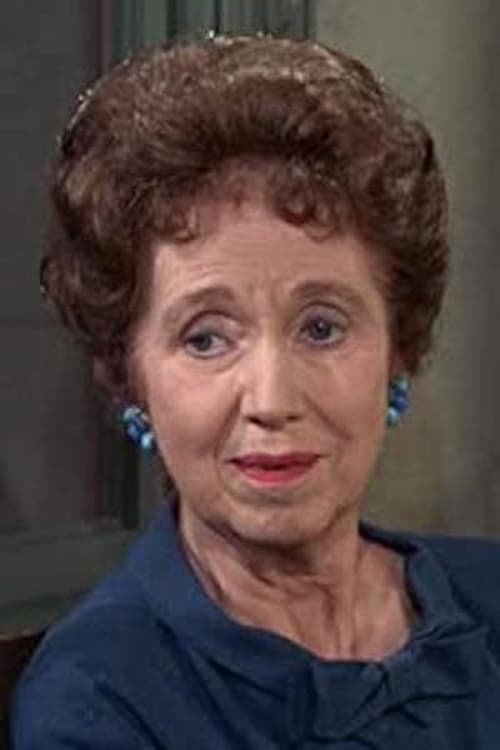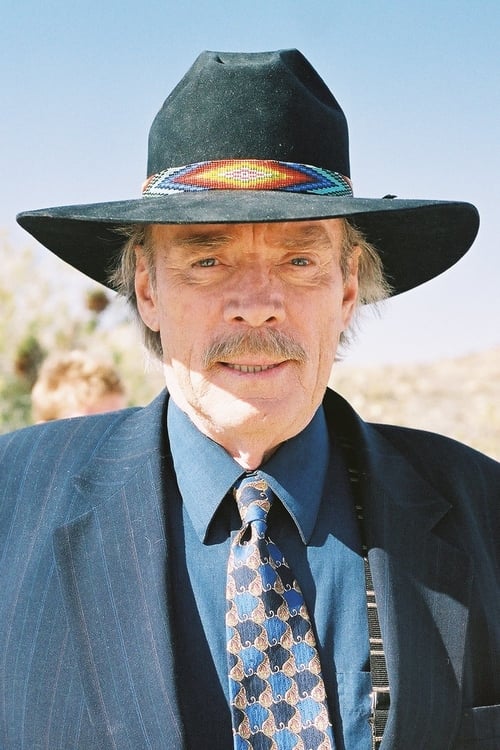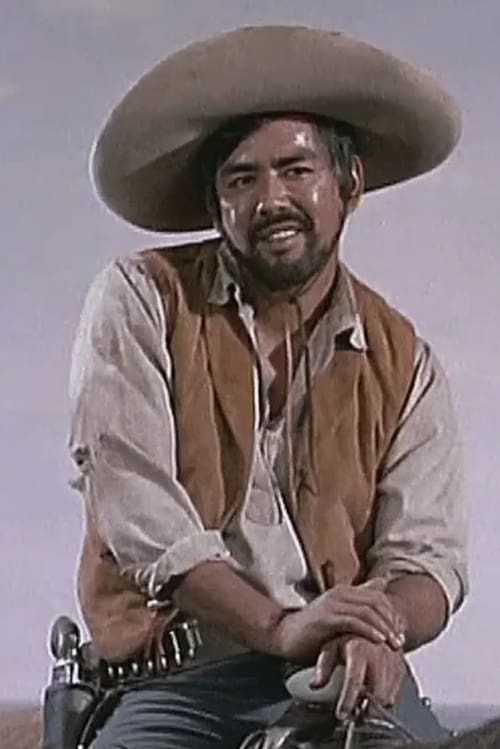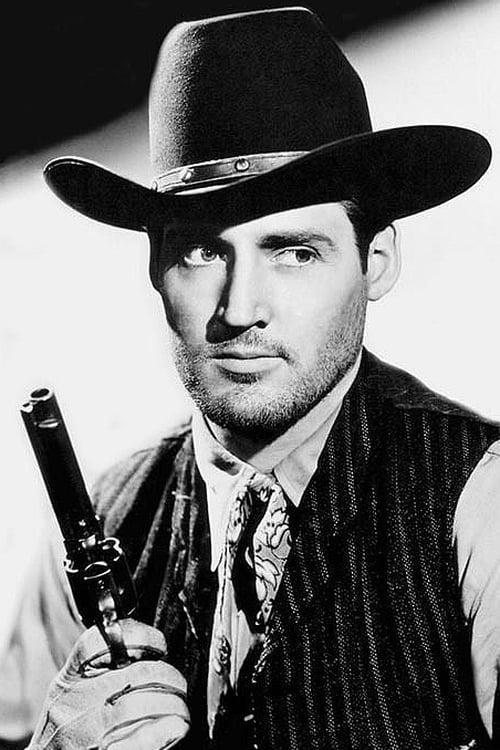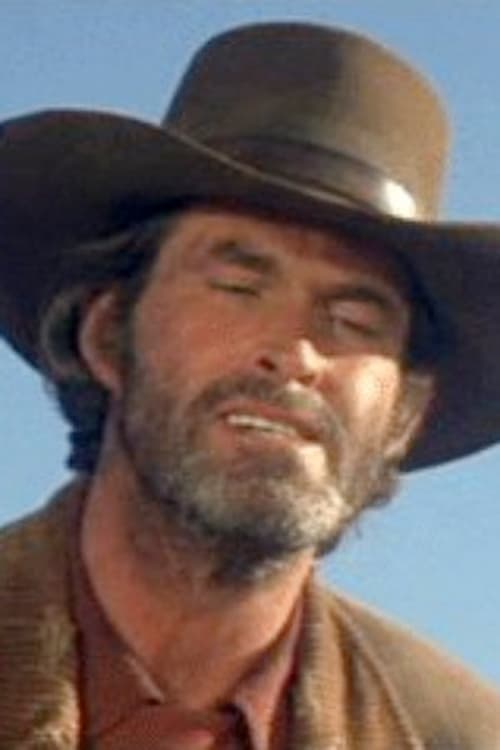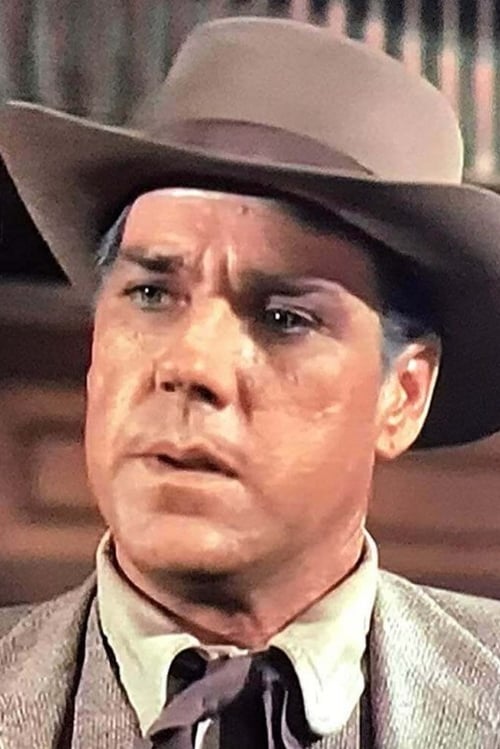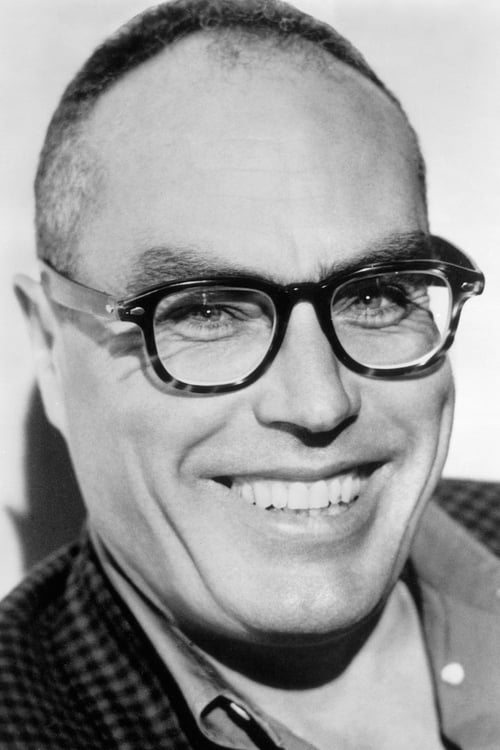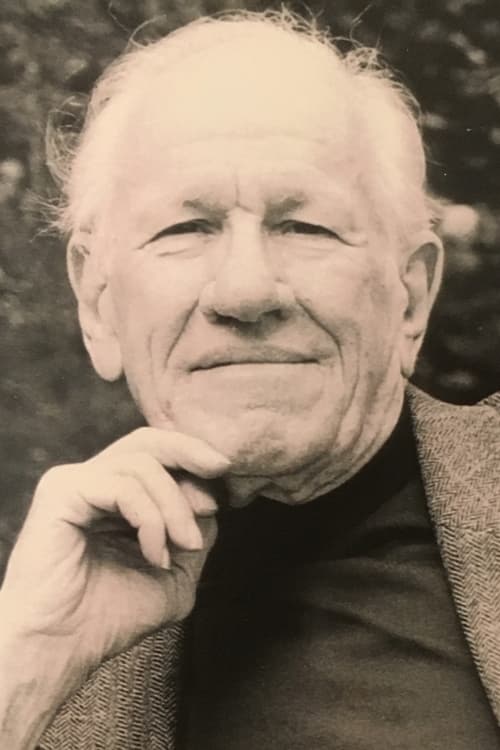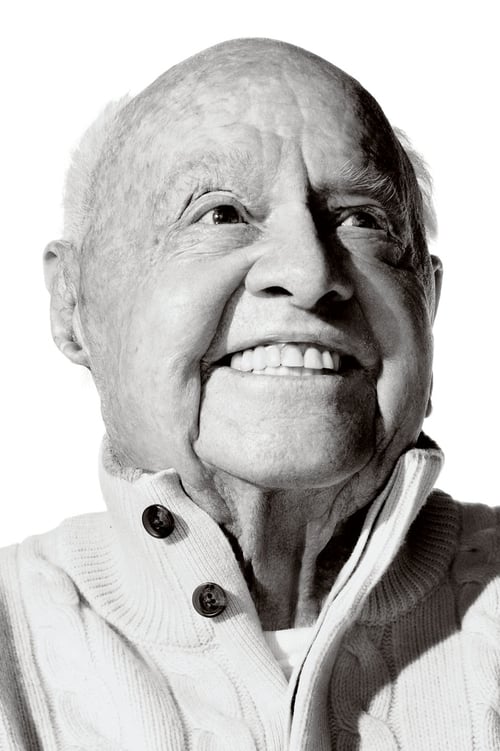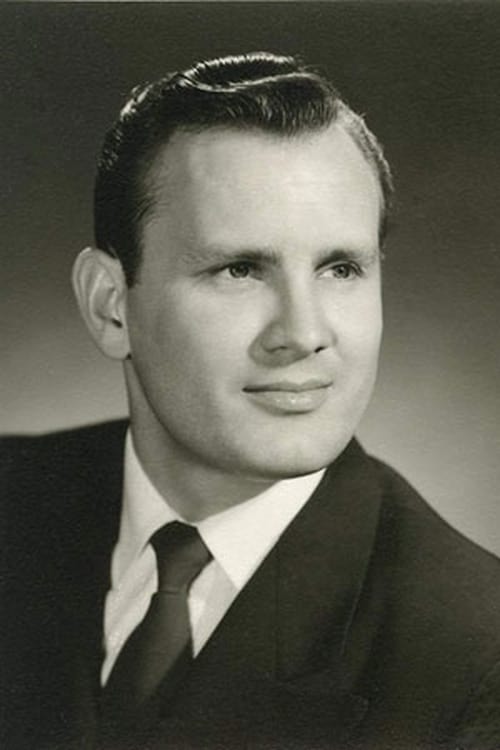
위스키 전쟁 (1965)
Cinerama sends you roaring with laughter and adventure down that wide and wonderful fun-trail!
장르 : 서부, 코미디, 모험
상영시간 : 2시간 45분
연출 : John Sturges
각본 : John Gay
시놉시스
식량보다도 소중한 위스키를 지켜내기 위해 인디언과 여성 금주단체와 필사적으로 싸우는 기병대. 위스키를 두고 펼쳐지는 팽팽한 대립관계 속에서 싹트는 사랑과 절제가 담긴 영화. 1860년대를 배경으로 한 영화로, 콜로라도에서 위스키를 실은 마차 40여 대를 인디언으로부터 보호하려는 기병대와 여성 금주회원들 간의 얽히고 설킨 소동을 보여주는 코믹 서부극이다. 영화는 다큐멘터리 스타일로 진행된다. 진지한 목소리의 성우가 역사적 배경과 맥락을 제공하고, 영화 진행 내내 역할 및 단체의 설명을 나레이션을 통해 제공한다. 1876년 콜로라도 덴버에 혹독한 추위가 올 것이라고 예견되었다. 마을 사람들은 추위로 인해 마을의 농산물 생산이 어려워질 것이고, 곡물이 부족해지면 위스키 생산도 줄어들 것이라는 생각을 한다. 위스키없인 못사는 사람들은 다가올 위스키 부족이 두렵기만 한데…. 특히 인디언들의 위스키 공격이 걱정되는 사람들은 위스키가 제대로 배달되길 바란다. 결국 ‘프랭크 웰링험’의 선적회사를 이용하여 마차 40대에 위스키를 가득 싣고 덴버로 향한다. 위스키가 가득 실린 소중한 마차들을 호위할 기동대가 지원되고, 젊은 대위 ‘폴 슬레이터’가 주축이 되어, 지휘관 ‘태듀스’ 대령의 지휘 아래 위스키는 안전하게 운반되는듯 했다. 하지만 갑자기 나타난 복병, 여성 금주단체. 금주단체의 리더인 ‘코라 템플턴 매팅게일’ 마담과 그녀의 추종자들이 마차를 가로채서 위스키를 모두 파기하려 한다. 위스키를 지키려는 기동대와 위스키를 파괴하려는 여성 금주단체, 인디언들 그리고 덴버 술집주인들로 구성된 민병대 등의 좌충우돌 싸움이 흥미진진하게 펼쳐진다. 그러던 중 태듀스 대령과 마담 코라를 연결해 준다. 이 둘은 극단적인 대립관계였음에도 불구하고 티격태격하다가 사랑에 빠지게 되고, 영화는 헤피엔딩으로 마무리된다.
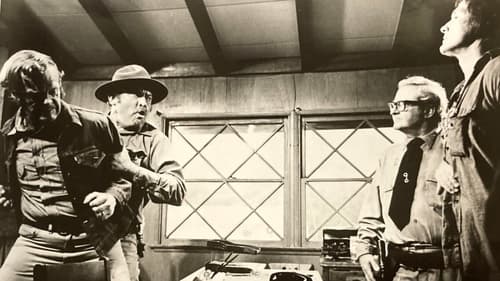
An Indian is accused of the rape and murder of a white girl. The girl's stepfather incites the townspeople to punish the Indian - to cover up the fact that it was actually he who committed the crime.

Exploration of how the reality and resistance of Native Americans inspires the work of Pawnee artist Bunky Echo-Hawk, igniting discussions about environmentalism and Native American rights, among other topics.

Thirty years after the Oka Crisis, a fragile peace remains in place between the Mohawks of Kanesatake and the other residents of the region. Rappers Biz and Samian do a double take on the history of this longstanding territorial conflict.

After a narrow win hands Tuba City High School their 19th state championship, second place finisher Chinle sets out to topple their rivals and finally claim victory for themselves.

A man that is a stranger, is an incredibly easy man to hate. However, walking in a stranger’s shoes, even for a short while, can transform a perceived adversary into an ally. Power is found in coming to know our neighbor’s hearts. For in the darkness of ignorance, enemies are made and wars are waged, but in the light of understanding, family extends beyond blood lines and legacies of hatred crumble.

This short film follows Tonisha, Toneil and their family as they reclaim their Navajo history and reconnect with ancestors within the canyon walls.

Told from the perspective of contemporary Lakota people, the film explores the life of Crazy Horse (Tasunke Witko). Viewers see the natural world of the Dakotas, Nebraska, Wyoming, and Montana that Crazy Horse knew. His spiritual nature is discussed, as are his unique qualities as a leader. The final portion of the film examines his role at the Battle of Little Bighorn, his resistance against reservation life, and his violent death at Fort Robinson in 1877. Lakota people share what Crazy Horse means in their world today. The film features original music created for this story. Sharing their insights are Lakota historians Jace DeCory, Donovin Sprague, Wilmer Mesteth and Whitney Recountre.
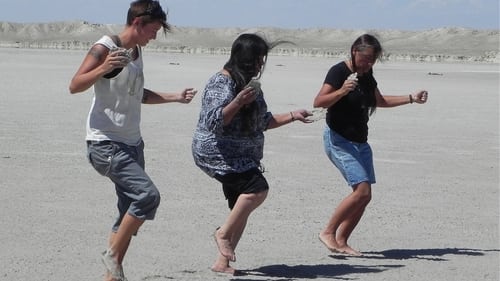
Concerned about the declining health of people all around them, Native American women are sparking physical and spiritual rejuvenation through reclaiming traditional foodways.

Linguist Indrek Park has been working with Native American languages for over ten years. The film sees him recording the language of the Mandan tribe, who live in the prairies of North Dakota, on the banks of the Missouri River. The job involves a lot of responsibility, and he is running out of time – his language guide, the 84-year-old Edwin Benson, is the last native speaker of Mandan.

Chasing Voices tells the extraordinary life story of controversial ethnographer John Peabody Harrington. Beginning in 1907, Harrington crisscrossed the United States frantically searching and documenting dying Native American languages. For the next 50 years, this became his obsession. Harrington amassed over a million pages of notes on over 150 different tribal languages. Some of these languages were considered dead until his notes were discovered. Today tribes are accessing the notes, reviving their once dormant languages, and bringing together a new generation of language learners in the hope of saving Native languages.
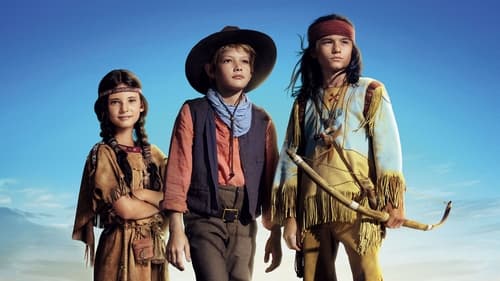
Winnetou's tribe is in dire straits. There is a threat of famine as the all-important buffalo herds are now failing. As the headman's son, young Winnetou wants to prove to his father Intschu-chuna how brave he is and how great a warrior he can be, because he thinks his son still has a lot to learn. To save his tribe, he goes on a dangerous adventure.

In late 2021, Cleveland’s baseball team was reborn as the Guardians. The documentary, directed by Lance Edmands, chronicles the saga of that name change, which has its roots in a forgotten legend named Louis Sockalexis, and the tragedy that enveloped his story more than a century ago.

Terror has escalated on the Wind River reservation as a series of ritualistic murders remain unsolved. The FBI therefore enlists the aid of Hanson, a newly minted tracker for the U.S. Fish & Game, who becomes embroiled in a desperate and dangerous fight between the authorities, a vigilante and the Reservation he calls home.

A native American is hunting and stalks an animal through a strange and mysterious forest.

Lost short film about the death of the last Aztec Emperor.
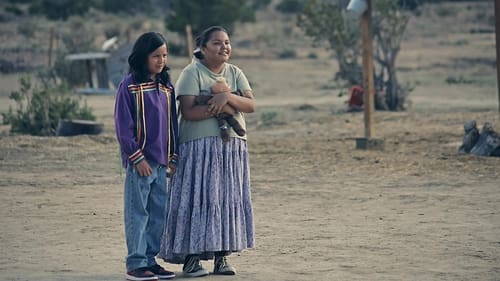
Two adolescent Navajo cousins from different worlds bond during a summer herding sheep on their grandmother's ranch in Arizona while learning more about their family's past and themselves.

Tribal trickster Harold Sinseer and his Warriors of Orange make an unusual proposal to the white board members of the Bily Foundation. After having received a grant to grow miniature oranges at their Great Lakes region reservation, they now plan to get funds for growing pinch coffee beans and building coffee houses on the reservation.

A short documentary about Americans with Native American and Finnish heritage.

A documentary account by award-winning filmmaker John Ferry of the events that led up to the 1969 Native American occupation of Alcatraz Island as told by principal organizer, Adam Fortunate Eagle. The story unfolds through Fortunate Eagle's remembrances, archival newsreel footage and photographs.

Left in the care of his half-breed brother, Buck, by his dying mother, Wallace Layson has no knowledge of his family history. His father, knowing that his son will inherit a ranch on his 21st birthday, tries to secure the property for himself by persuading a dance hall girl to come between the boy and his fiancée. When Buck learns of the plan he decides to foil it without his half-brother knowing.

